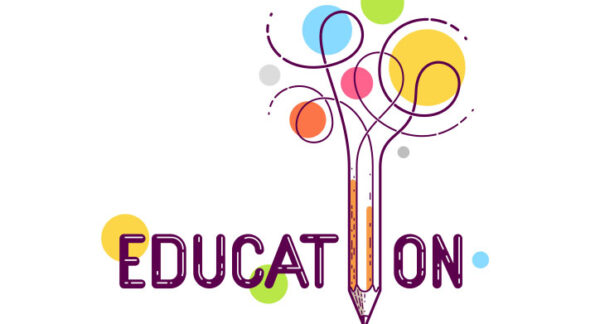
Three Actions to Help Learners Learn
One of the most important aspects of learning is to get the learner engaged in the learning process.
The first point is the ‘what are you learning?’
‘What am I learning?’ many of our children in schools do not know what they are learning. This is not to say that what they are learning has not been shared with them, but it means that despite sharing the information with them, they still do not know it.
It is always advisable to check with learners if they know what they will learn about and what they will be doing. Retell learners either visually or verbally what they are going to learn in case they are still not sure.
The second point is the ‘why are you learning?’
The next important point is why the learners are learning what they are learning? It is common for learners to be learning something, but not know why. When learners know the reason behind learning something then this increases their motivation and their engagement in the learning process.
It is advised to always check in with the learners and ask them a direct and a simple question ‘do you know why you are learning this?’. Reasons for learning are numerous e.g. it may be to learn a skill for them to become more independent (e.g. planning), or it may be to gain knowledge about a specific topic (e.g. our own bodies).
The third point is ‘where else could this skill be useful?’
This is what psychologists refer to as ‘transference’ or ‘bridging’. It is very important for learners to understand the use of what is being learnt and have a discussion with others on where the skill or content being learnt could be used. Learners themselves should answer this point from their perspective, drawing on their interests and life experience.
For example, if learners are learning about time each one of them will have their own opinion on why this is useful e.g. knowing how long until dinner, seeing a friend, or playing a game. For some, the joy of learning something new is enough and the need to know where else that learning could be used seems less necessary. If felt helpful, adults can prompt learners in making the links of using skills learnt in one situation or lesson (e.g. math) to other lessons (e.g. science) or everyday life. Knowing where else a skill can be used has been found to help the motivation of learners.
The above three points can be summarized into the 3Ws:
- What am I learning?
- Why am I learning this?
- Where else can I use this learning?
Try doing the above next time you are working with a learner, especially if the learner is finding things tricky. Take time to check the 3Ws.
Related Posts
Tips for Helping Children and Adolescents with Writing Tasks
Writing can be a very difficult and a frustrating task for some children and...
Improving Verbal Memory
Improving children’s verbal memory can improve their ability to follow...
Teaching High Frequency Words
When children are able to read the first 100 high-frequency words this can...



